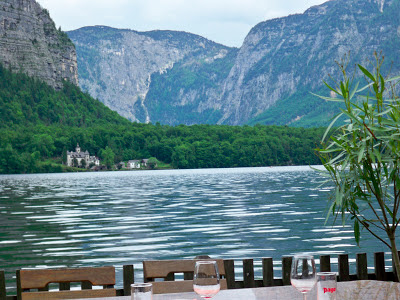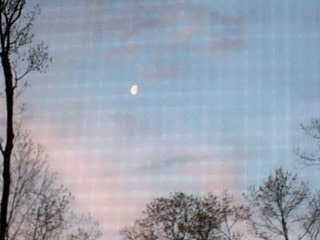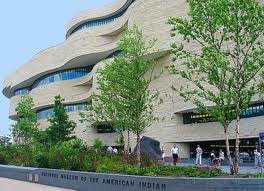Our newspaper today was wrapped in a advertisement for Virginia’s new 495 Express Lanes. The construction of these lanes has tied up traffic for years, and now it’s time to enjoy the benefits. But first we have to figure out how to use them.
So into our already harried suburban lives come new complications. To use the lanes you need an EZ Pass transponder. You can use your old transponder if you don’t plan to use the lanes with three or more people in the car. If you do, then you need a new EZ Pass Flex transponder.
To use the lanes you must be able to read, drive and count at the same time. If your truck has two axles, you’re in. If it has more, you’re out. If your car has three people, you’re free; if it has one or two, it’s, well, you’re not sure how much it is because the price depends upon the time of day and the traffic conditions. Prices are posted on a display board that you must read while driving.
Do I sound pessimistic? You betcha. I’m remembering one of my favorite New Yorker covers. It ran around Thanksgiving, a holiday which is becoming known less for giving thanks and carving turkey than for the sitting in traffic on the way to the feast. The cartoon, titled “To Grandmother’s House We Go,” showed a bunch of cars proceeding through the EZ Pass toll gates. Then it showed another group of cars flying above them. They were using the EZR Pass lanes.
Until those are installed, I think I’ll stick with my crowded old tried-and-true routes.
(This is the cover by Bruce McCall; it ran December 9, 2002.)



